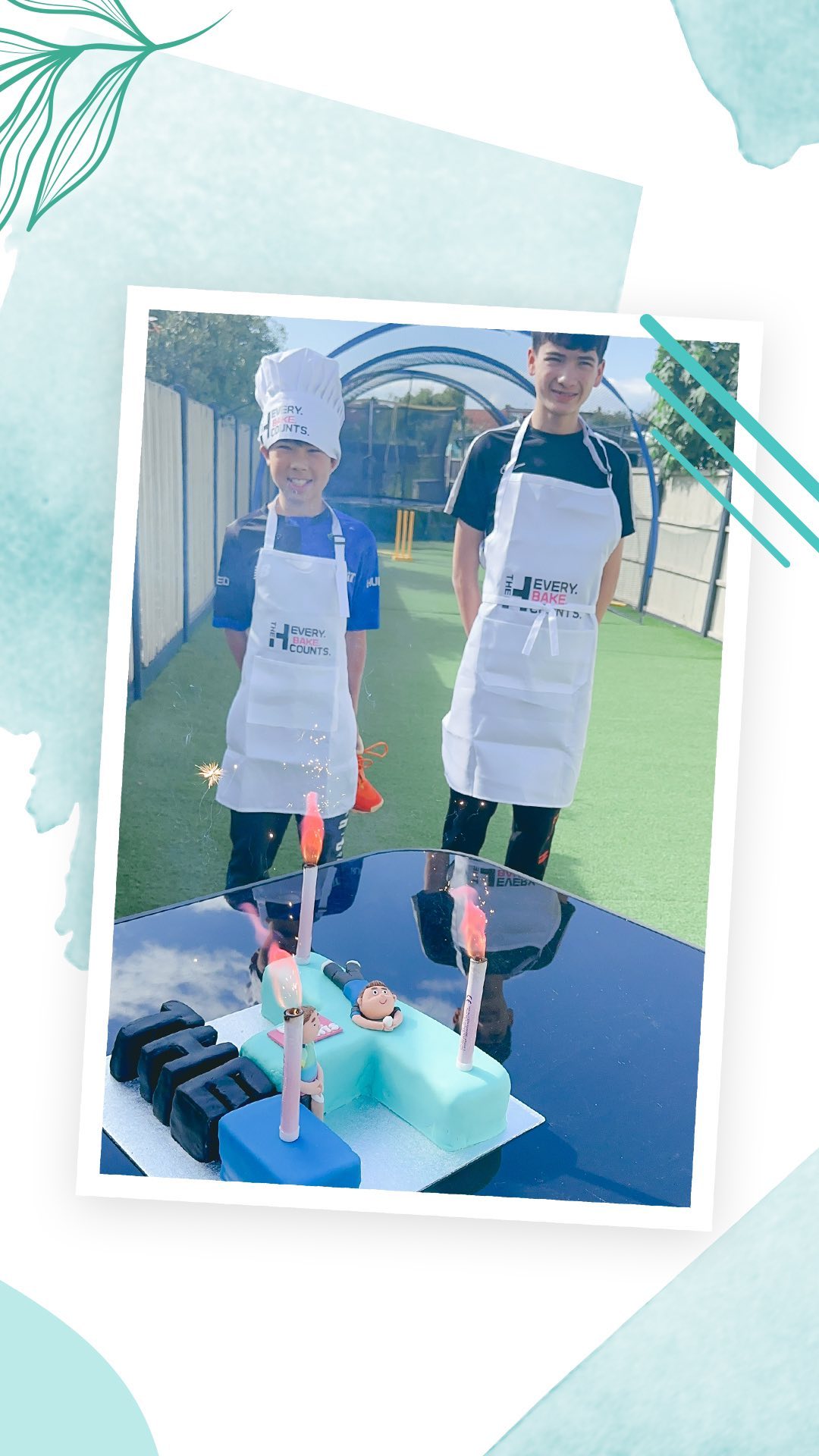Squirmy Baby Breastfeeding Made Easier: Proven Tips and Tricks
Breastfeeding is often described as a bonding and soothing experience, but it doesn’t always go as smoothly as expected. Many moms find themselves facing the challenge of squirmy baby breastfeeding, where their little one wriggles, arches, or pulls away during feeding sessions. This restlessness can be confusing and frustrating, leaving mothers wondering what went wrong.
If you’re struggling with this issue, our guide on how to handle a squirmy baby during breastfeeding will walk you through the common reasons behind this behaviour and provide practical solutions to make feeding a calmer and more enjoyable experience for both you and your baby.
Understanding the “Why”: Common Reasons for Restlessness in Infants
Before addressing solutions, it’s important to recognise why your baby may be restless at the breast.
- Hunger or Fast Let-Down: Some babies become frustrated if the milk flow is too slow or too fast. A strong let-down reflex can overwhelm them, while a slower flow can make them impatient.
- Gas or Digestive Discomfort: Babies often squirm when they need to burp or if gas is trapped in their tummies. This can make them uncomfortable and fussy during feeds.
- Overstimulation: Noisy environments, bright lights, or too much activity can distract your baby and make it hard for them to focus on feeding.
- Growth Spurts: During growth spurts, babies feed more frequently and may become restless as they adjust to increased hunger.
- Reflux or Medical Issues: Babies with reflux may arch their backs or cry during feeding due to discomfort. In some cases, restlessness could also be a sign of an underlying issue that needs medical attention.
By understanding these possible causes, you can start to identify patterns and tailor your approach to meet your baby’s specific needs.
Beyond the Basics: Advanced Positioning and Latch Techniques
A good latch and comfortable positioning can reduce squirming significantly. Here are a few advanced techniques to try:
- Laid-Back Position: Lean back slightly and place your baby on your chest. Gravity helps them latch naturally, and this position can also slow down a fast milk flow.
- Football Hold: Holding your baby tucked under your arm like a football gives you more control over their head and helps with latch issues. It’s especially useful for moms recovering from C-sections.
- Side-Lying Position: This position allows both you and your baby to relax, especially during night feeds. It can also help calm babies who squirm due to overstimulation.
- Adjusting Latch Techniques: Ensure your baby’s mouth covers a large portion of the areola, not just the nipple. A shallow latch often leads to fussiness and discomfort.
Experimenting with different holds and latch methods may help you discover what works best for your little one.

Creating a Calm Feeding Environment: Sensory and Environmental Factors
Babies are sensitive to their surroundings, and the environment can strongly affect how they feed.
- Dim the Lights: A softer, calmer environment helps reduce distractions.
- Limit Background Noise: Turn off the TV or move to a quieter room during feeds.
- Skin-to-Skin Contact: Holding your baby close with skin contact can calm them and help them focus on nursing.
- Comfortable Seating for Mom: Your own comfort plays a huge role. Use pillows for support to reduce strain during longer feeds.
By creating a peaceful atmosphere, you’re signalling to your baby that it’s time to relax and focus on feeding.
Developmental Milestones: How Baby’s Growth Impacts Feeding Behaviour
As babies grow, their feeding behaviours naturally change. Recognising these shifts can help you respond appropriately.
- 2–3 Months: Babies may start getting distracted easily, looking around instead of feeding.
- 4–6 Months: They may become more active physically, squirming as part of their development.
- Teething Stage: Teething can cause discomfort, making babies fussy at the breast.
- Starting Solids: Around six months, babies may show less interest in breastfeeding as they adjust to new foods.
Understanding these developmental phases reassures you that squirming isn’t always a problem—it’s often just part of normal growth.
Troubleshooting Common Issues: Gas, Reflux, and Other Discomforts
If squirming is linked to physical discomfort, addressing the root cause can make a big difference.
- Gas: Burp your baby frequently during and after feeds. Try different burping positions such as over-the-shoulder or sitting upright.
- Reflux: Keep your baby upright for 20–30 minutes after feeding. Smaller, more frequent feeds can also help.
- Allergies or Sensitivities: Sometimes fussiness is linked to sensitivities to foods in your diet (like dairy or caffeine). Track patterns and consult your doctor if needed.
Quick troubleshooting during feeds can reduce frustration and help your baby settle more easily.
When to Seek Professional Help: Recognising Red Flags
While most squirming is normal, there are times when professional help is necessary. Watch out for:
- Persistent crying or discomfort during feeds
- Poor weight gain or refusal to nurse
- Frequent vomiting or signs of reflux that don’t improve
- Difficulty breathing during feeding
In these cases, consulting a paediatrician or lactation consultant is important to rule out underlying medical issues and to receive tailored support.
The Role of Partner Support: Making Breastfeeding a Team Effort
Breastfeeding doesn’t have to be a solo journey. Partner support can ease the stress of handling a squirmy baby.
- Emotional Encouragement: Simply having someone reassure and support you makes a huge difference.
- Practical Help: Partners can bring water, adjust pillows, or take over burping duties after feeds.
- Shared Learning: Understanding breastfeeding challenges together strengthens teamwork and makes the journey less overwhelming.
When your partner is actively involved, it helps create a supportive and calm environment for both you and your baby.
Practical Tools and Gadgets: Products That Can Ease the Struggle
Modern breastfeeding tools can help make feeding smoother and more comfortable.
- Nursing Pillows: Provide support for better positioning and reduce arm strain.
- Burp Cloths and Swaddles: Useful for managing messes and calming your baby.
- Breast Pumps: Allow flexibility when direct breastfeeding is difficult.
- White Noise Machines: Can help soothe easily distracted babies.
Using the right tools not only improves your comfort but also makes the feeding experience more manageable for your baby.
Final Thoughts
Handling a squirmy baby during breastfeeding can be challenging, but it’s important to remember that this stage is temporary. By understanding the reasons behind restlessness, adjusting your techniques, creating a calming environment, and troubleshooting common issues, you can make breastfeeding a more positive experience.
Every baby is different, and what works for one may not work for another. Be patient with yourself and your little one as you experiment with different strategies. And remember, seeking professional help is always an option if challenges persist.

![[AD] We’re a cricket-mad family, so we’re buzzing that @thehundred is back this August! 🏏🔥
To get ready, M tried out the official FREE Activity Pack — and it’s brilliant! 🙌
Packed with fun games, creative challenges and sporty tasks, it’s perfect for getting kids hyped whether you’re at home or on the go.
👉Download yours now (link in bio)
@londonspirit @ovalinvincibles #EveryMomentCounts #TheHundred
#EnglandCricket #CricketFamily #TheHundredCricket #LondonBloggers #Cricket #CricketIsLife #kidsfun](https://suburban-mum.com/wp-content/uploads/2022/11/505472555_18531279601016840_7092520074819907569_n-180x320.jpg)



![[AD - Press visit]
We enjoyed the glorious sunshine this weekend with a trip to Brighton. We went on the @brightoni360official which is right by the sea front.
The i360 pod take a slow journey up, allowing you to take in views across Brighton and the South Downs 450ft above ground. There’s a bar inside with drinks and snacks available to purchase and the experience lasts 25 minutes.
Afterwards, we headed to the open air roller rink for a roller skating session!
The roller rink is:
⭐ Suitable for over 5s
⭐ £6.50 if you have your own skates or £9.50 if you need to hire them
⭐ 45 minutes per session
Full details to visit the i360 + skating
📍 Brighton i360, Lower Kings Road, Brighton BN1 2LN
🚗 Parking nearby (we parked in the Regency Square Car park)
🎟️ Prices start from £25.40 for an adult and £16.90 for a child
🕐 Opening hours are currently Sun-Fri 10.30am-18.30pm and until 19.30pm on Saturdays
☕️ Bar inside the i360, cafe and gift shop
Book tickets here:
https://tickets.brightoni360.co.uk/tickets/?_ga=2.195305772.1869001490.1689671753-1757164059.1689671753/#events?eventid=157](https://suburban-mum.com/wp-content/uploads/2015/04/417980235_313576471048632_3682382982231216432_n.jpg)

![[AD] ***Summer of fun at Barracudas Activity Camps!****
There is plenty for kids to do at @barracudas_activity_day_camps
From Tennis, Archery, Swimming, Motor Sports and more you can be sure that there will be something for kids aged 4.5-14. ⚽🏈🥅🎾🏓🏎️🏹🏊♂️🏉
You can book on a day by day basis - so it can fit in with any other days out/activities you have planned and there are early drop off and late pickup options available. Barracudas are also Ofsted registered so you can use your Childcare Vouchers too.
⭐⭐⭐Get £20 off a week or £4 off a day using my discount code: MARIA20⭐⭐⭐
#BarracudasActivityDayCamp #BarracudasActivityCamp #BarracudaAmbassadors #SummerHolidays #SchoolHolidays #Summer2023 #SummerCamp #DayCare #Camp #KidsCamp #surreymummy #surreymums #SummerOfFun #ActivityCamps #HolidayCamps #Childcare #SchoolHolidays #schoolholidaycamps](https://suburban-mum.com/wp-content/uploads/2024/07/353583570_625625966167953_545896259645102575_n.jpg)



![[AD] We have some super exciting news...we have been chosen to be Laser Quest Ambassadors, and the boys are over the moon!
We are really lucky that our local Laser Quest (@laserquestkingston) is just around the corner from us. It means we can pop in of a weekend or anytime during the school holidays, and with summer just around the corner, I know Laser Quest will be one of our go-to places for some family fun.
As well as games of Laser Quest, there are also VR experiences and arcade amusements too. To find out a bit more about how Laser Quest works, you can read my blog post: https://www.suburban-mum.com/laser-quest-kingston/ (clickable link in bio)
Don't forget to keep an eye out for our Laser Quest posts - I'm going to be giving away two family passes to use at Laserquest Kingston!
If you can't wait and want to head down to Laser Quest to try it out, use the code SUMMER30 for 30% off your booking. The code is valid from now until the end of August 2023 and can be used on Laser Quest games and birthday party bookings.
#LaserquestAmbassador #Laserquest #LaserquestKingston #ActivitiesForKids #FamilyFun #DaysOutWithKids #Lasertag #LaserquestVR #Kingston #ThingsToDoInKingston #SurreyFamilyDaysOut #ThingsToDoWithKids #RainyDayFun #SurreyMummy #SurreyLife #LifeWithKids #LifeWithBoys #familyfunday](https://suburban-mum.com/wp-content/uploads/2015/04/353230107_797358078406942_2405522556733455165_n.jpg)

![[AD] The sun has finally made an appearance and the boys have been making the most of it by spending it
in the garden.
They’re go-to is always football and they’ve been trying to improve their aim and accuracy with the new Messi Foldable Footlball goal from the #MessiTrainingSystem range.
I love the fact the goal is foldable, making it easy to store away when not in use. It is also lightweight so you can effortlessly pack it up and take it to the park or to a friend’s house.
The Messi Foldable Football Goal retails at £36 and can be purchased from @argos
You can read my full review here: https://www.suburban-mum.com/messi-foldable-football-goal/
#TrainLikeMessi #FoldableFootballGoal #FootballSkills #OutdoorFun #LionelMessi #LeoMessi #FootballAtHome #OutdoorKids #JustGetOutside #OutdoorsAndFree #ScreenFreeKids #WhateverTheWeatherKids @flair_gp](https://suburban-mum.com/wp-content/uploads/2015/04/341194882_615024710178056_41977149395989448_n.jpg)

![[AD] We are absolutely thrilled to announce that we are Barracuda Ambassadors again this year.
With Easter just around the corner, the boys were sent the @barracudas_activity_day_camps new camp kit in preparation for the school holidays.
There’s a wide range of activities for kids aged 4.5 - 14 including Tennis, Archery, Basketball, Arts & Crafts and more.
If you like the sound of Barracudas, find out more over on their website. You can also save £20 a week or £4 a day, using my discount code: MARIA20](https://suburban-mum.com/wp-content/uploads/2024/07/336812306_765234558514317_685553691647241974_n.jpg)


![[AD - Gifted]
Last weekend we were invited to try out @tsarettaspice’s new Bottomless Brunch menu and I can tell you it was thumbs up all round!
There’s a good choice tapas on offer from Punjabi fish fingers, Indo Chinese Chicken to Spiced Lamb Scotch Eggs and Manchurian Cauliflower (which was amazing!)
If you’re local to Twickenham and fancy giving them a try here’s are the details.
Tsaretta Spice Bottomless Brunch
⭐️£37.50 per head for bottomless Prosecco or cocktail of the day
⭐️£55 per head for bottomless Champagne
⭐️ Food included: 4 tapas selections and dessert or 2 tapas selections, a pav or naanwich and dessert
⭐️ Non-alcohol brunch is also available
Tsaretta Spice
55 Church Street
Twickenham
TW1 3NR
You can also read our full review over on the blog (link in bio)](https://suburban-mum.com/wp-content/uploads/2024/07/334565436_5960402314015030_663031098700829518_n.jpg)
![[AD] What does family look like for you?
I am fortunate to be surrounded by strong, powerful women in the form of my mum, sister and mother-in-law (along with many others). With Mother’s Day just around the corner, @BootsUK want to celebrate all the different mums and mother figures we are lucky enough to have in our lives. They have a huge range of Mother’s Day gifts to choose from so we can show them how much they mean to us. (swipe to take a look at some of my choices)
If you want to express love and appreciation for the mother figure(s) in your life, head to Boots.com to find the ideal gift. They have a whole host of gifts, so you can be sure to find something to suit all tastes. Celebrate the #LoveForAllMums this Mother’s Day with Boots.
](https://suburban-mum.com/wp-content/uploads/2015/04/334276459_136658625736352_6403224988403337253_n.jpg)



